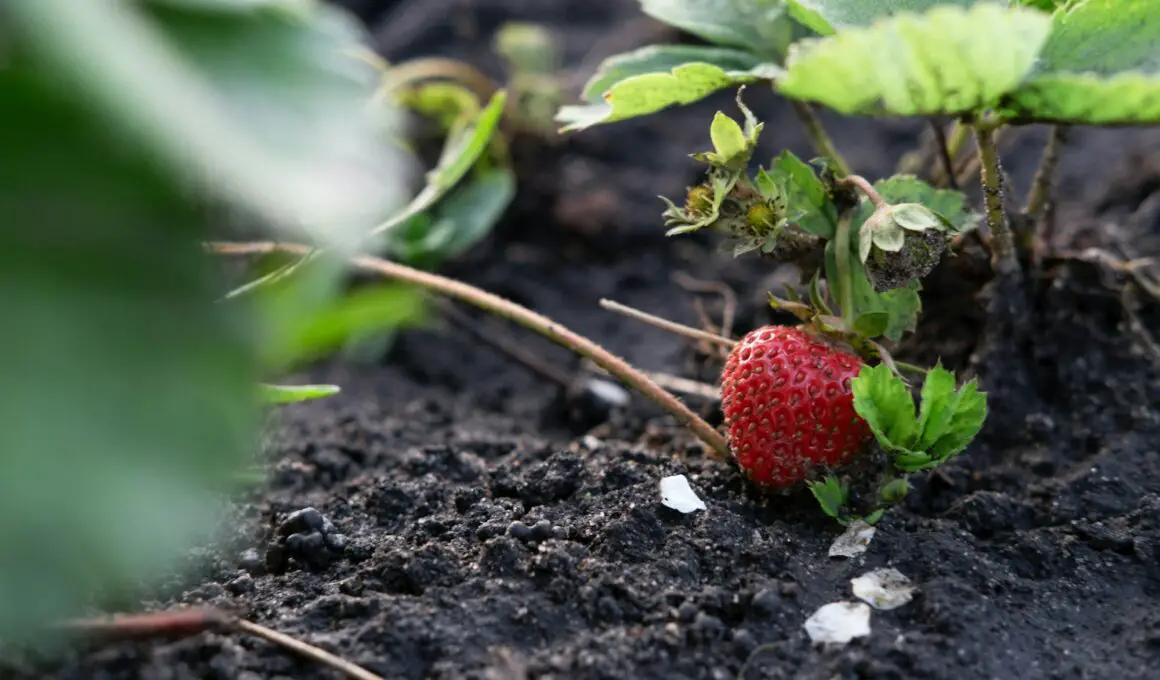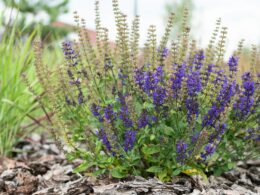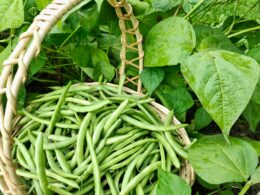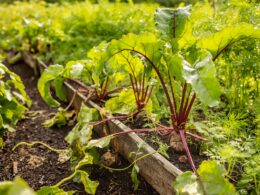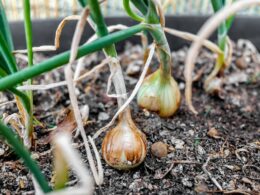In This Article Show
With over 13 years of gardening experience, I’ve come to appreciate the joy and challenges that come with cultivating strawberries. Through this post, the aim is to share insights and practical advice to help you, whether you’re a beginner or an experienced gardener, navigate the stages of strawberry growth with confidence.
Strawberries, with their vibrant red hue and sweet, juicy flavor, aren’t just a delight to the palate; they’re also packed with nutrients and antioxidants, making them a fantastic addition to any home garden. Understanding the growth stages of strawberries is key to maximizing your yield and enjoying these delicious fruits at their peak.
In our guide, we’ll explore everything from selecting the right strawberry variety for your garden to the care needed at each stage of growth.
The Growth Stages of Strawberries
Growing strawberries is a rewarding process that spans several distinct stages, each crucial for ensuring a bountiful harvest. Let’s walk through each stage, detailing what happens and how best to care for your plants throughout their lifecycle.
1. Planting & Germination
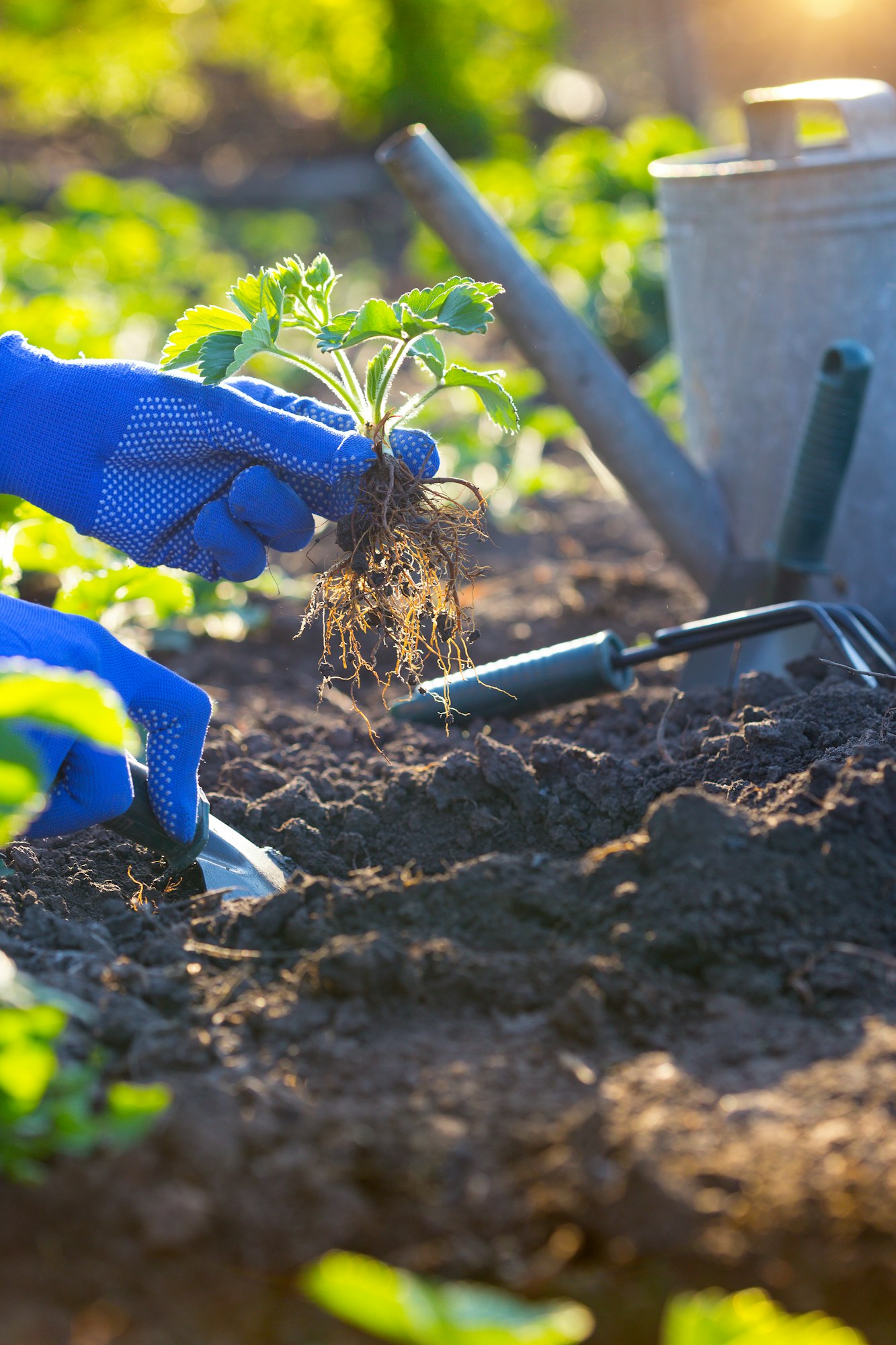
Start by choosing a sunny spot as strawberries thrive in full sunlight and well-drained, loamy soil with a pH between 5.5 and 6.8. Enrich the soil with organic compost to provide the necessary nutrients for growth. Plant seeds or seedlings at the correct spacing to ensure adequate airflow and reduce the risk of disease.
Germination Timeline and Conditions
Get Gardening For Beginners
Our new EBOOK shows newcomers and green thumbs alike a step by step guide to growing the garden of their dreams.
Strawberry seeds require light to germinate, so lightly press them into the soil without covering them. Keep the soil moist but not waterlogged. Germination can take 2-3 weeks, depending on conditions like temperature and soil moisture. Seedlings should be kept in a cooler, shaded area after sprouting and then gradually acclimatized to more sunlight.
2. Vegetative Growth
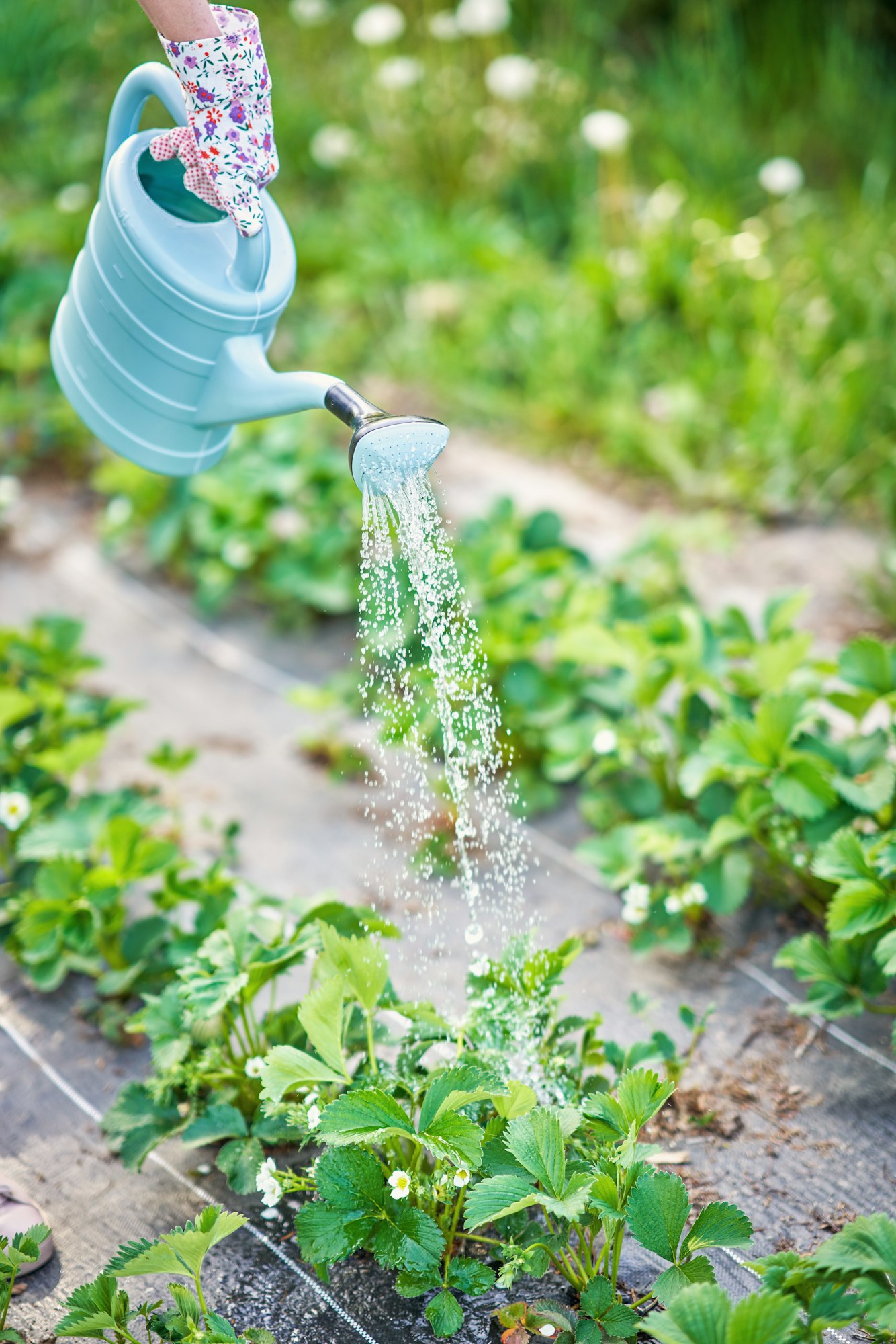
This phase is marked by the development of leaves and the expansion of the root system. New leaves emerge, and the plant focuses on building a strong root network for nutrient and water uptake.
Caring for Strawberries During This Stage
Ensure regular watering to keep the soil consistently moist, and use mulch to retain soil moisture and control weeds. A balanced fertilizer can be applied to support healthy growth. Keep an eye out for pests and diseases that could affect the plant’s health.
3. Flowering
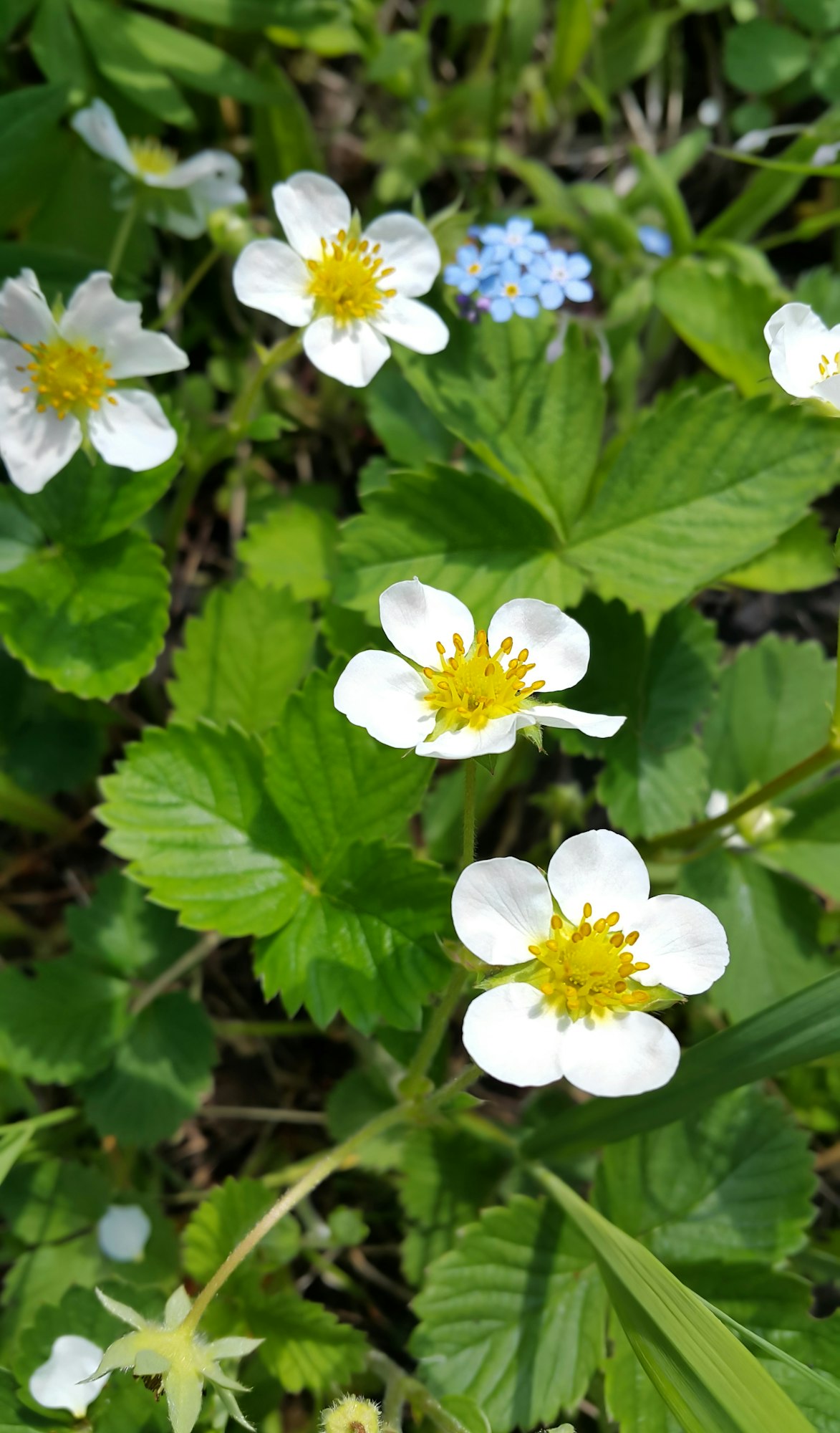
When Strawberries Start to Flower and What It Signifies: Flowering typically occurs in spring. The appearance of flowers is a critical indicator that the plant is transitioning from vegetative growth to fruit production.
Pollination and Its Role in Fruit Development
Pollination is essential for fruit set. While strawberries are self-fertile, attracting bees and other pollinators can significantly enhance fruit quality and yield. You can also gently hand-pollinate flowers to ensure good fruit development.
Get Gardening For Beginners
Our new EBOOK shows newcomers and green thumbs alike a step by step guide to growing the garden of their dreams.
4. Fruit Development
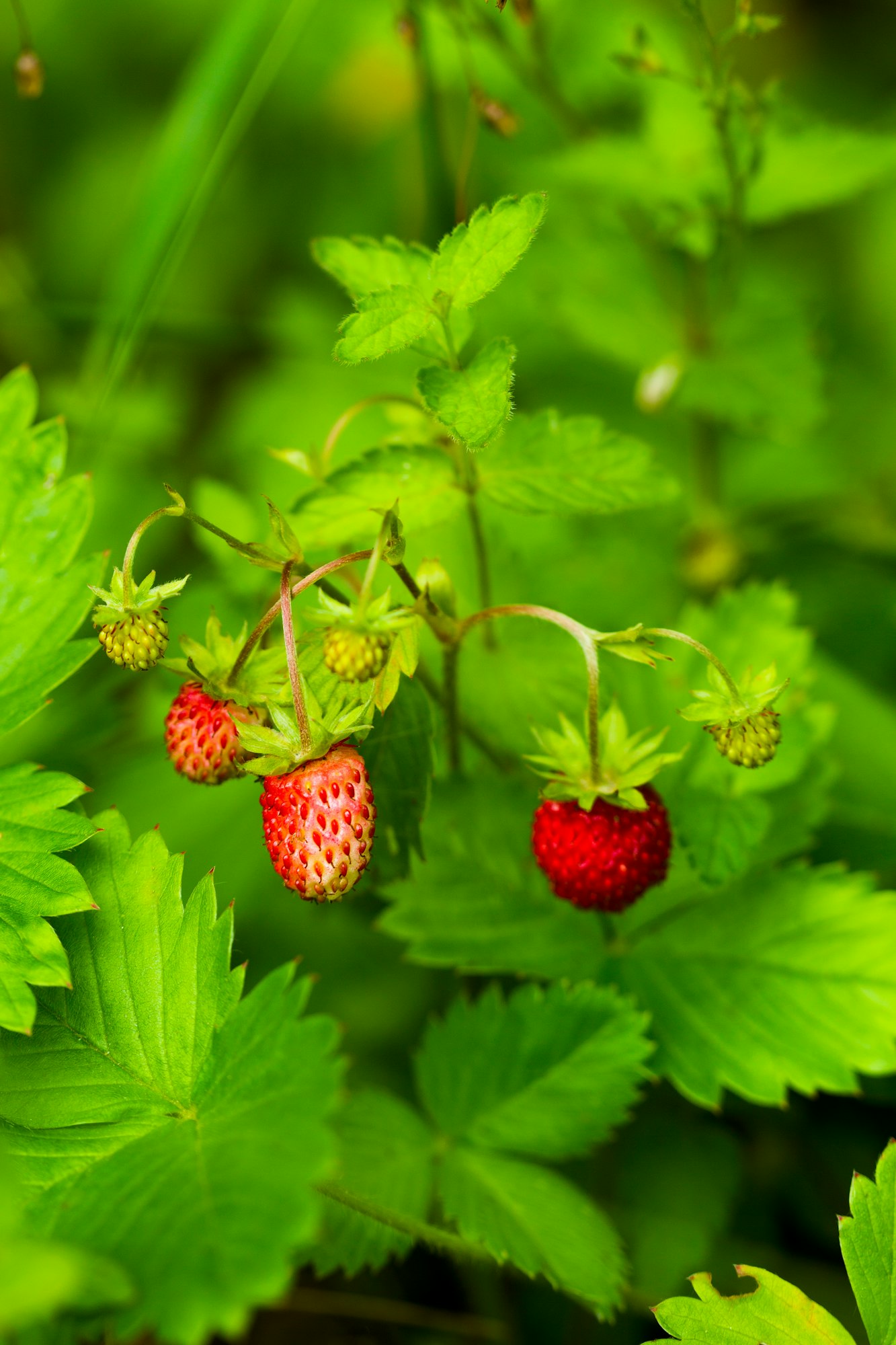
After successful pollination, the flowers’ petals fall away, and the ovaries swell to form the strawberry fruits. This stage requires patience as the fruits develop and ripen.
Signs of Healthy Fruit Development
Look for evenly-sized, brightly colored fruits. The size and color can vary between varieties, but healthy strawberries are firm, without soft spots or signs of disease.
5. Harvesting

Strawberries are ready to harvest when they are fully red (or the color specific to their variety), firm, and plump. The best time to pick them is in the morning when they are cool.
Best Practices for Harvesting Strawberries
Use scissors or a sharp knife to cut the stem just above the berry to avoid damaging the plant and the fruit. Regular harvesting encourages the plant to produce more fruit.
Navigating through the growth stages of strawberries requires attentiveness and care, but the reward of fresh, home-grown strawberries is unparalleled. From preparing the soil to the joy of harvest, each stage offers its unique challenges and rewards. By understanding and supporting your plants through these stages, you’re set to enjoy a successful and tasty strawberry season.





